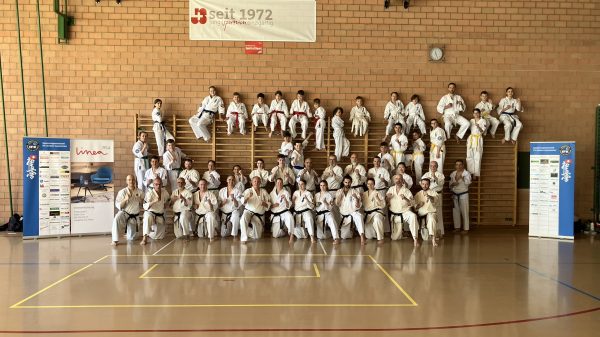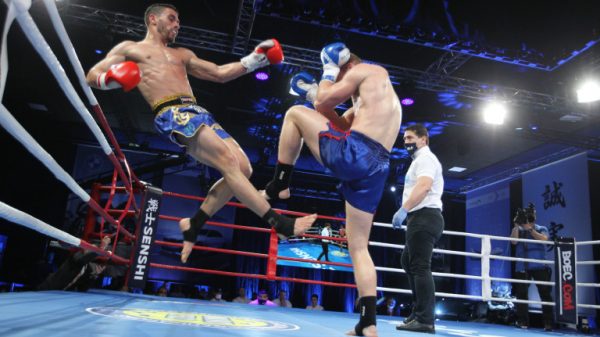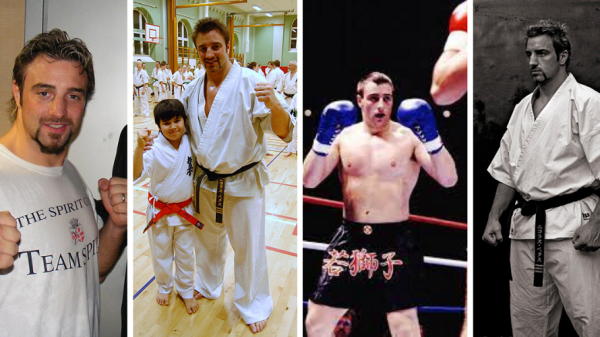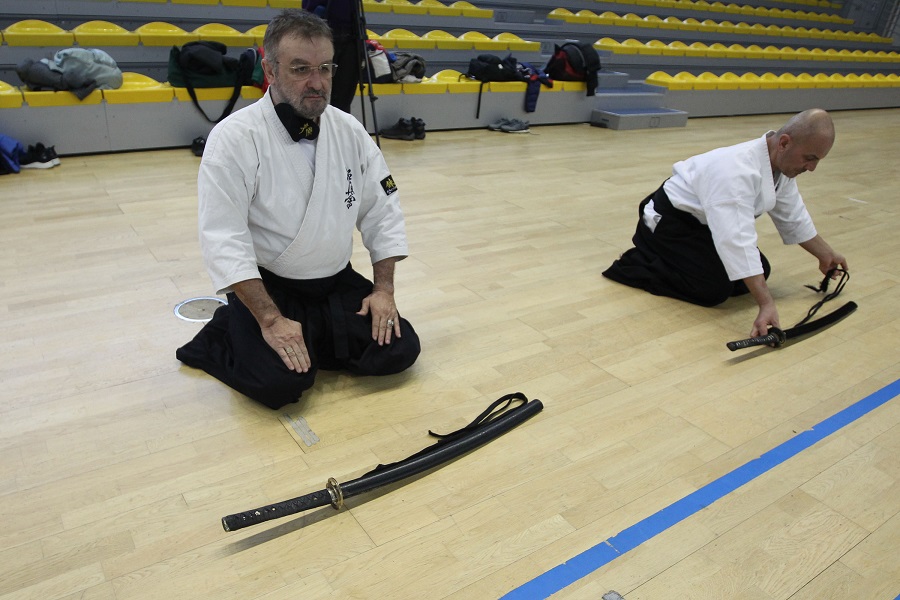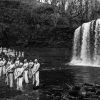In Japan, the sword was a symbol and expression of the social status of the owner.
It was passed from father to son, from generation to generation, as religious heritage. It was not uncommon for a samurai to fight with the sword obtained from his predecessors, who used it two centuries ago.
From an early age, children were brought up in a cult of the “path of the sword” and the moment of symbolic handing over the weapon (usually ten years old) was the realization of the moral heritage they received.
Miyamoto Musashi is officially recognized as the greatest Japanese swordmaster of his time (17th century). At the age of 16 he took part in the battle of Sekigahara. Surviving the massacre, Musashi began wandering Japan in search of adventure and personal affirmation.
He roamed until the age of 29 as a wandering samurai (not a ronin; a man of wool), fighting sixty times. He always won, even when fighting multiple opponents at once or against martial arts masters such as the Yoshioka clan samurai, which are famous for their dojo.
It is said that his most famous duel was against Kojiro Sasaki, called Ganryu, in 1612, on the island of Funa. The duel had such a resonance that now this island is named Ganryu.
“I clashed with the greatest fighters of Japan and survived after more than sixty duels. Then I began to reflect on my life, determined to delve further into the Path, continuing to work on myself in the morning and evening. Eventually, the clouds of delusion dissipated and I merged with the Way.”
At the age of 60, he retired to Mount Iwato, where he wrote The Book of Five Rings (Go Rin No Sho) in ascetic solitude.
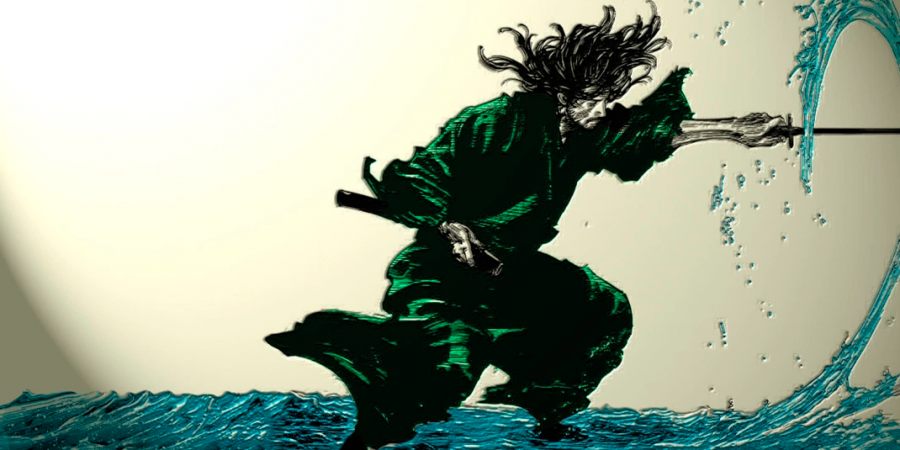
But who are the samurai?
Japan developed its approach to war and created brave warriors called samurai or “one who serves” from the verb soburau (Edo period 1603-1868). The first warriors to ride and spur their horses in battle, the samurai, fought mainly as individuals, without much regard for the tactics of the battlefield.
Often, a samurai would enter into an individual battle with an equal rank of the enemy army while the members of both armies are watching. In this prelude to the battle, a ritual was often observed in which they proudly mentioned their family name and family before the fight began. In the end, one force opposed the other in the bloody mess.


